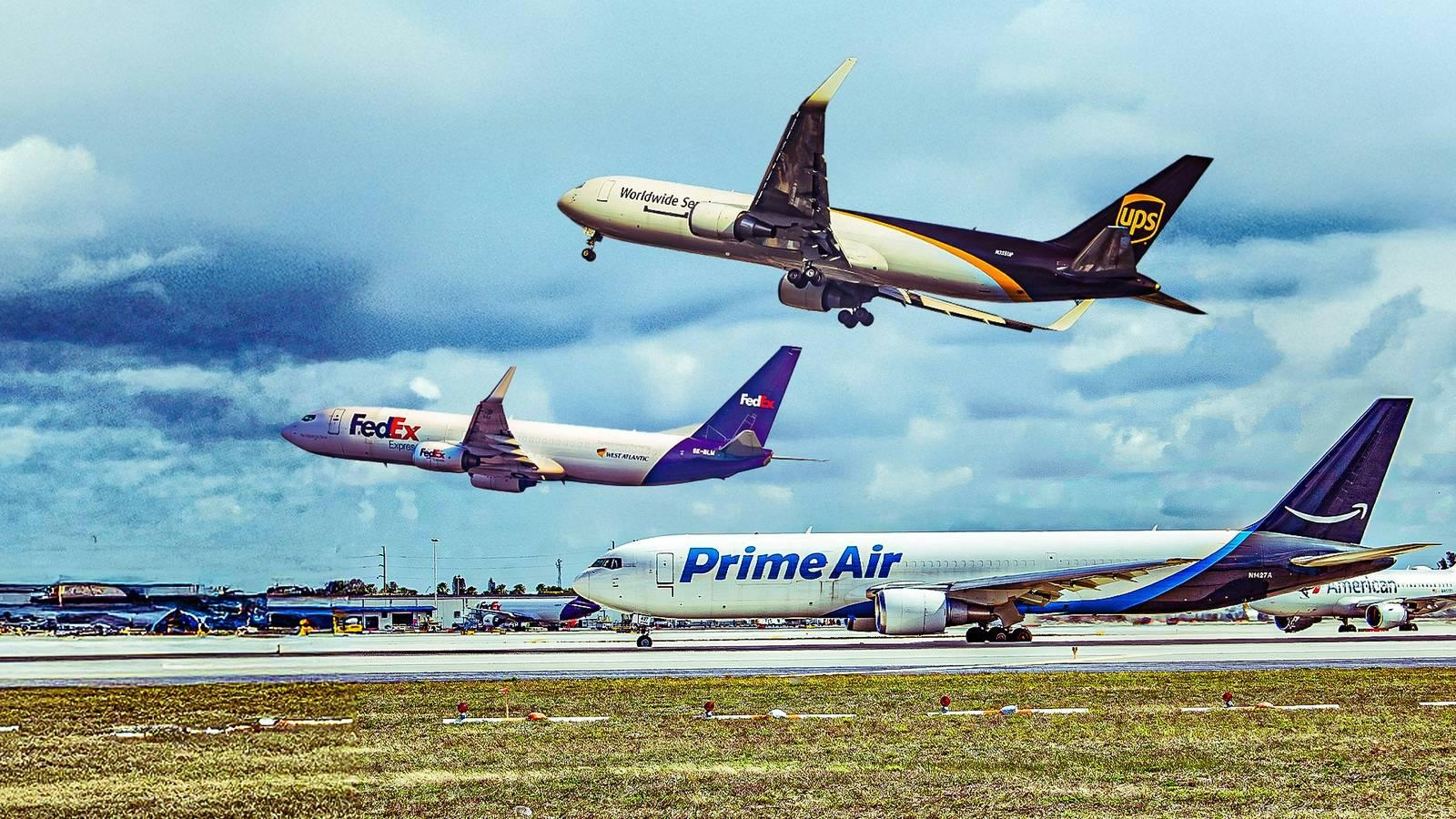
AeroGenie — Uw intelligente copiloot.
Trending
Categories
Air Serbia and airBaltic expand cooperation with Airbus A220 lease agreement
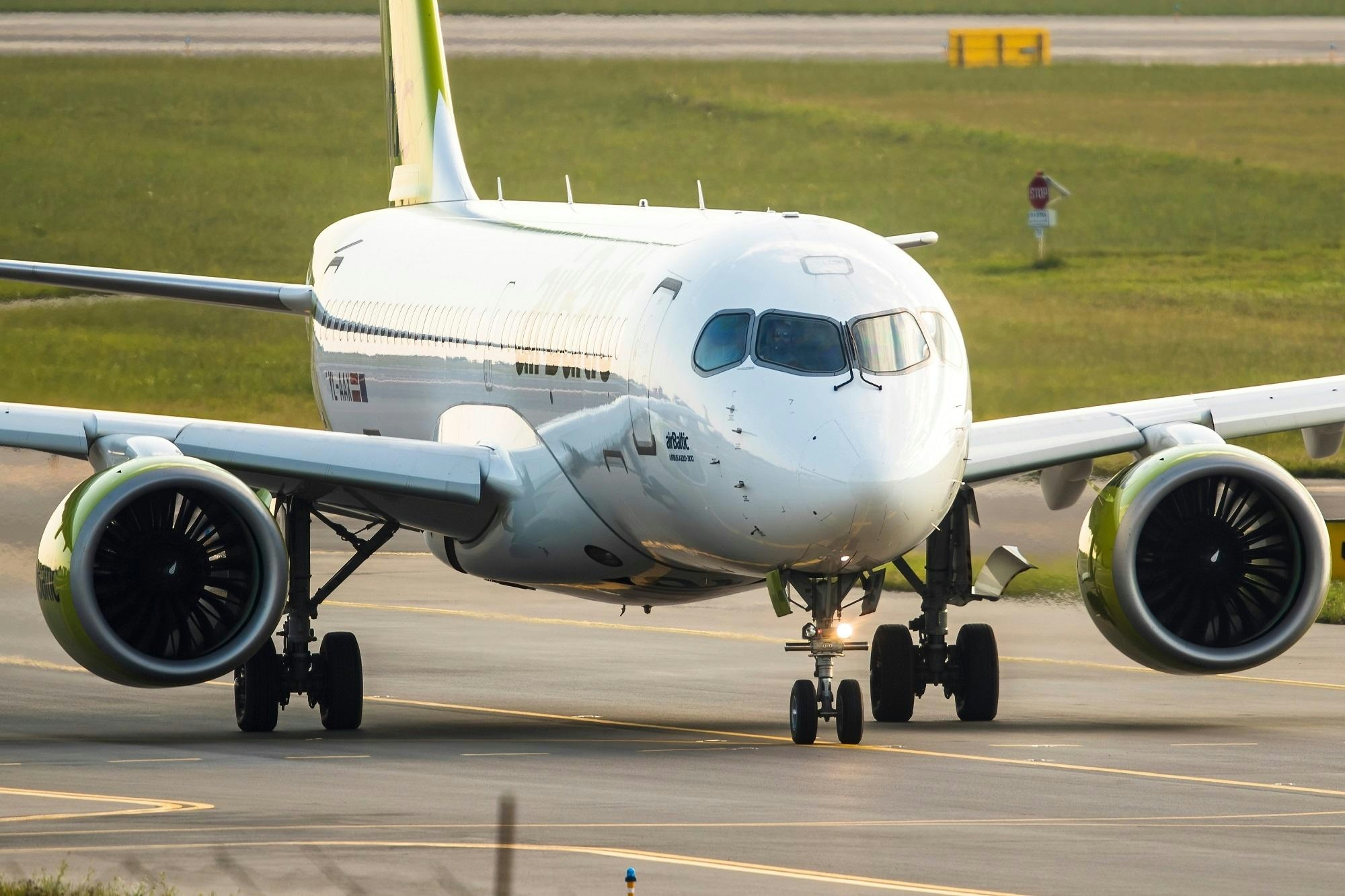
Air Serbia and airBaltic Expand Cooperation with Airbus A220 Lease Agreement
Air Serbia and airBaltic have formalized a new two-year wet lease agreement that will see the Latvian carrier operate Airbus A220-300 aircraft on behalf of Air Serbia starting November 1, 2025. This arrangement introduces the next-generation A220 to Air Serbia’s fleet and represents a significant deepening of the airlines’ longstanding partnership.
Details of the Lease Agreement and Fleet Integration
Under the terms of the agreement, airBaltic will provide aircraft, crews, maintenance, and insurance for Air Serbia’s operations. Initially, two A220-300 aircraft, each configured with 148 seats, will be deployed during the 2025-2026 winter season. This number is expected to increase to up to four aircraft for the 2026 summer schedule. The A220, designed specifically for short- and medium-haul routes, is noted for its superior fuel efficiency and quieter cabin environment compared to older aircraft models.
Both airlines highlighted the strategic advantages of the wet lease model, which allows Air Serbia to rapidly and flexibly increase capacity during peak travel periods without the need for permanent fleet expansion. Jiří Marek, CEO of Air Serbia, emphasized the importance of the partnership, stating that it offers passengers the opportunity to travel comfortably and efficiently aboard modern Airbus A220-300 aircraft. He also noted that the introduction of this aircraft type will serve as a key reference point for future fleet decisions.
Thomas Ramdahl, Chief Commercial Officer at airBaltic, underscored the decade-long cooperation between the two carriers. He remarked that the expanded agreement supports efficient fleet utilization and reliable operations, reinforcing connectivity between the Baltic region and the Balkans.
Operational and Strategic Considerations
The integration of the A220-300 into Air Serbia’s operations will require comprehensive staff training and careful management to maintain performance standards. Industry observers and competitors are expected to closely monitor Air Serbia’s fleet strategy and the financial implications of the lease. Rival airlines may respond by adjusting their own fleet compositions or operational plans in light of this development.
For airBaltic, which operates an all-A220-300 fleet exceeding 50 aircraft, the agreement aligns with its broader strategy of leasing capacity to other carriers. However, as demand for wet-leased A220s grows, airBaltic may face increased pressure on its operational capacity and revenue streams.
Background on the Airlines and Partnership
Air Serbia, the national flag carrier of the Republic of Serbia, operates from its hub at Belgrade Nikola Tesla Airport and serves over 80 destinations across Europe, North America, and the Middle East. Its current fleet includes Airbus A319, A320, and A330 aircraft, alongside ATR 72 turboprops. The airline is majority-owned by the Serbian government, with Etihad Airways holding a minority stake.
Based in Riga, Latvia, airBaltic has emerged as one of the world’s largest operators of the Airbus A220-300 and a leading provider of wet lease capacity in Europe. The airline serves routes across Europe, the Middle East, and the Commonwealth of Independent States (CIS). Since 2013, the two carriers have maintained a codeshare agreement, enabling passengers to book connecting flights across their combined networks. The new wet lease deal further solidifies this partnership as both airlines adapt to evolving market conditions.
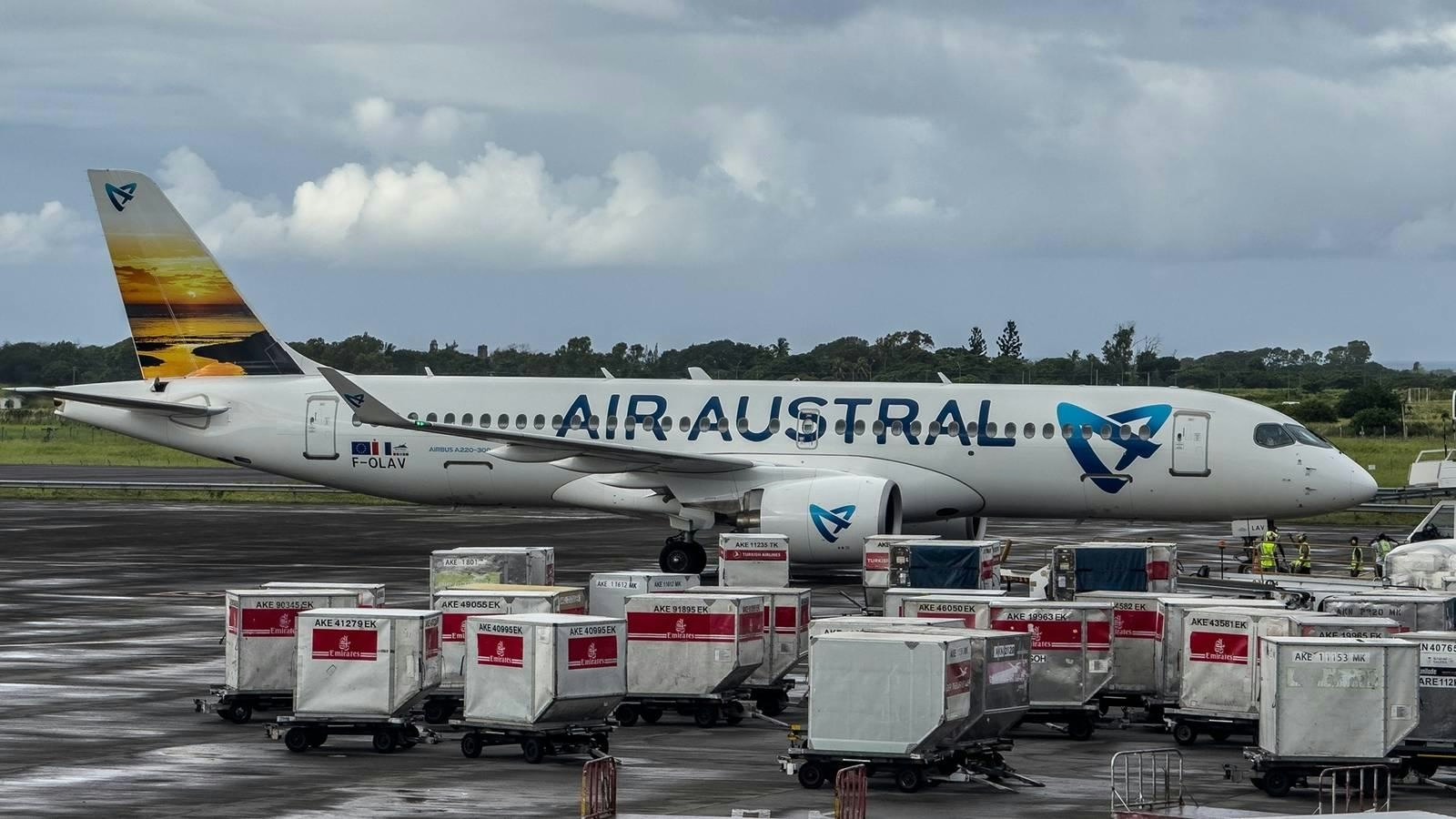
Engine Issues Ground 22% of Airbus A220 Fleet
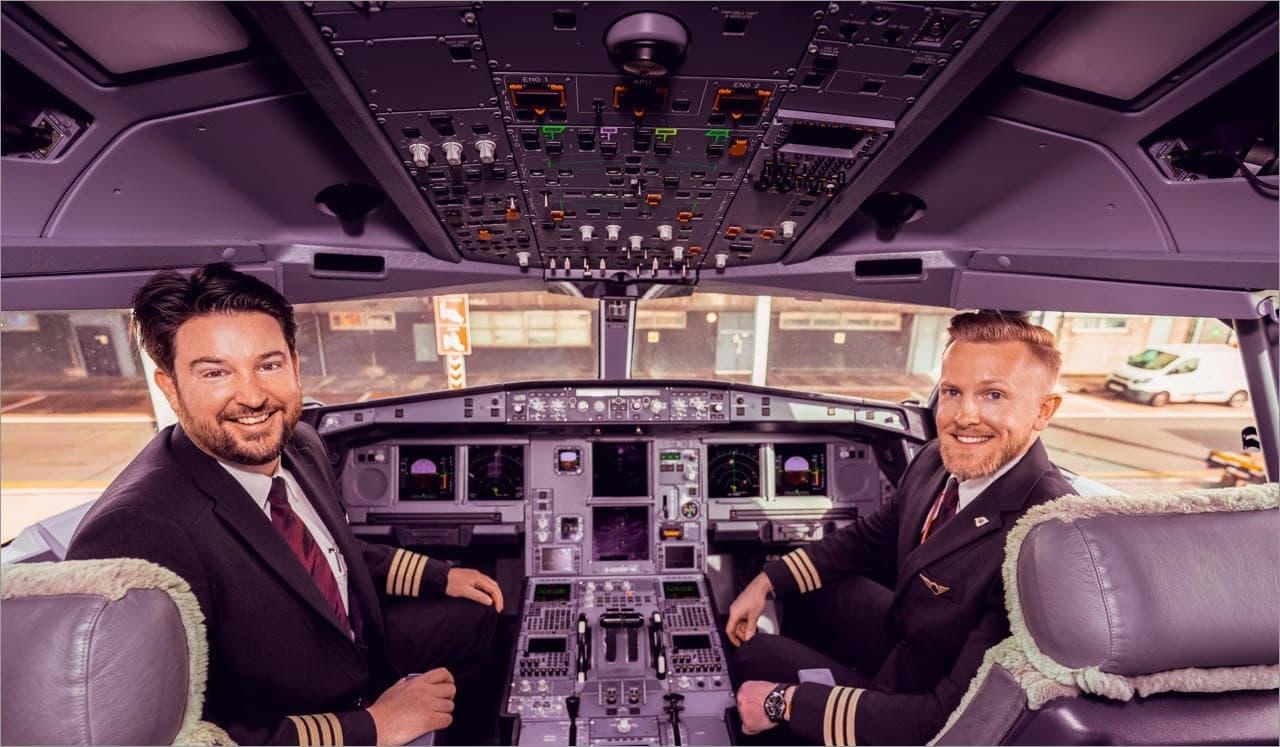
Virgin Atlantic Pilot Salaries Projected for 2025
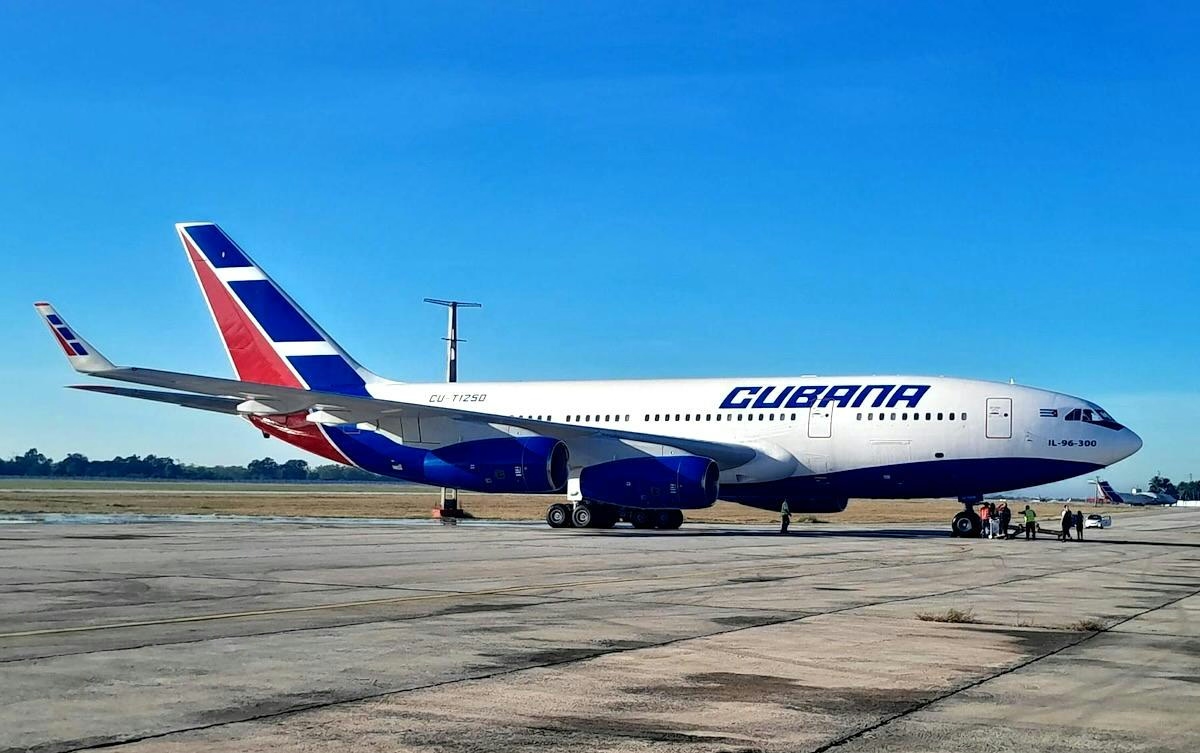
Cubana de Aviación Returns Il-96-300 to Service After Overhaul in Belarus
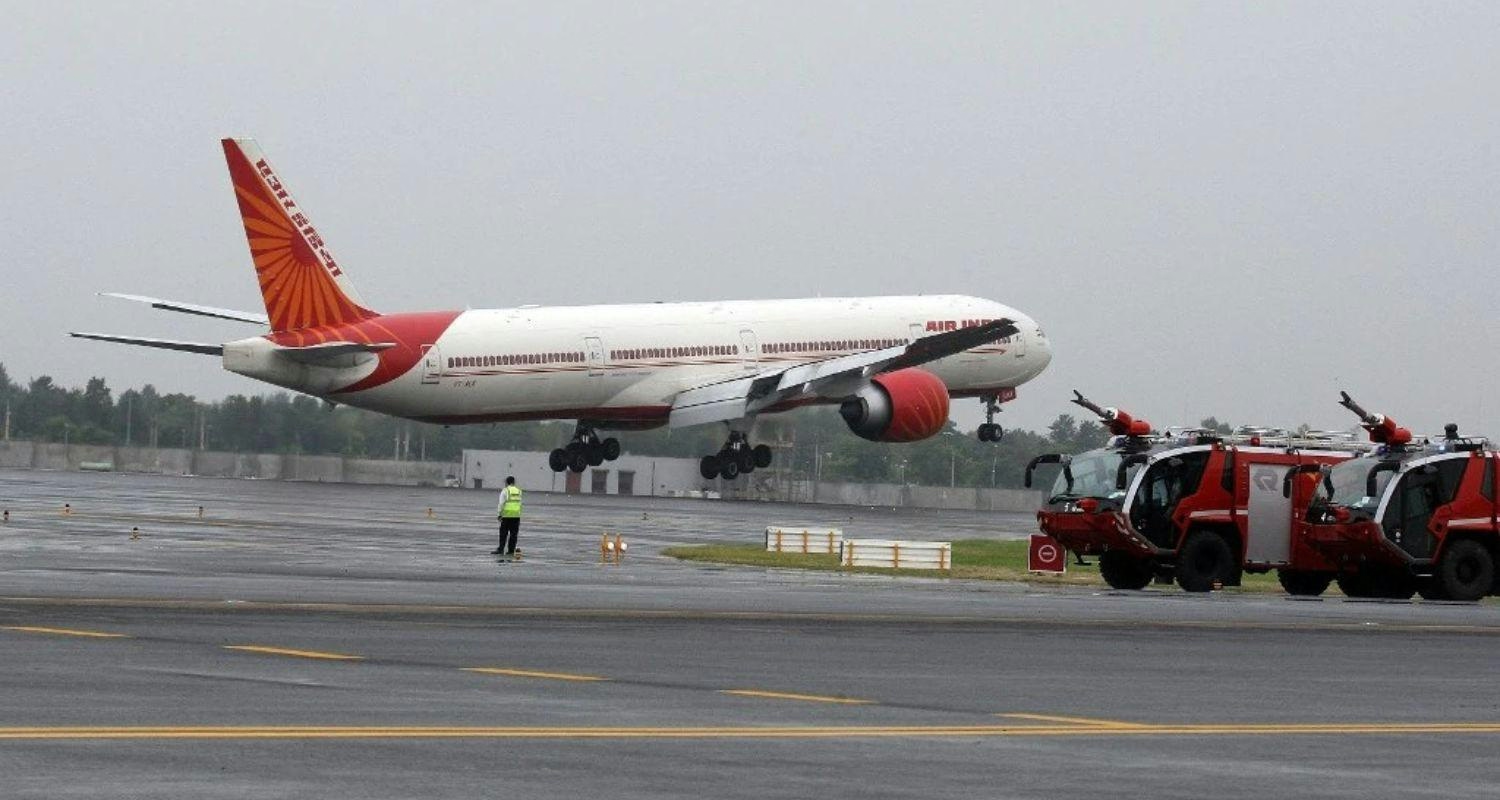
AI Pilots Special Flight from Milan to Reunite Passengers for Diwali
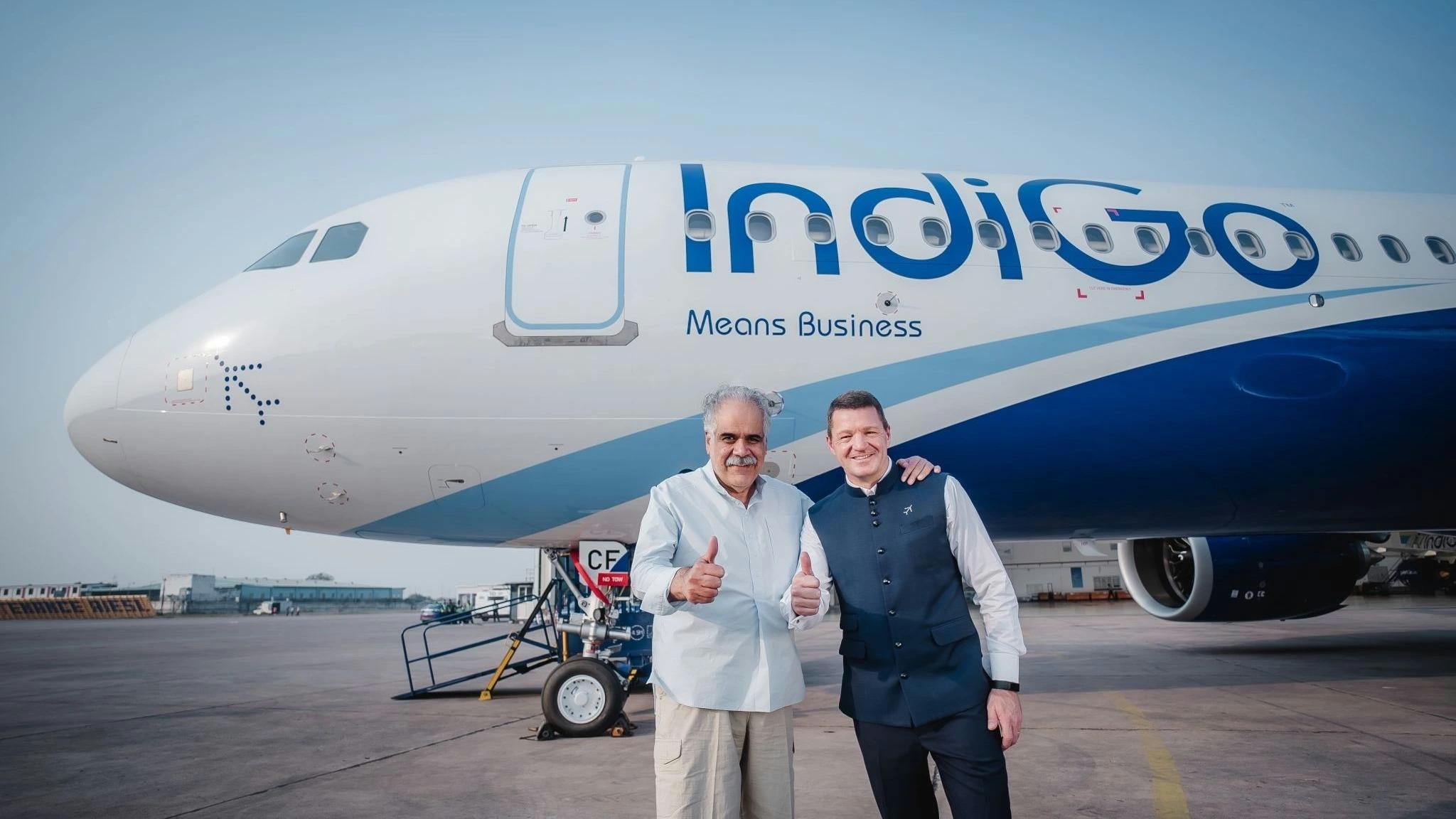
IndiGo to Deploy Long-Range Aircraft on Route to European City
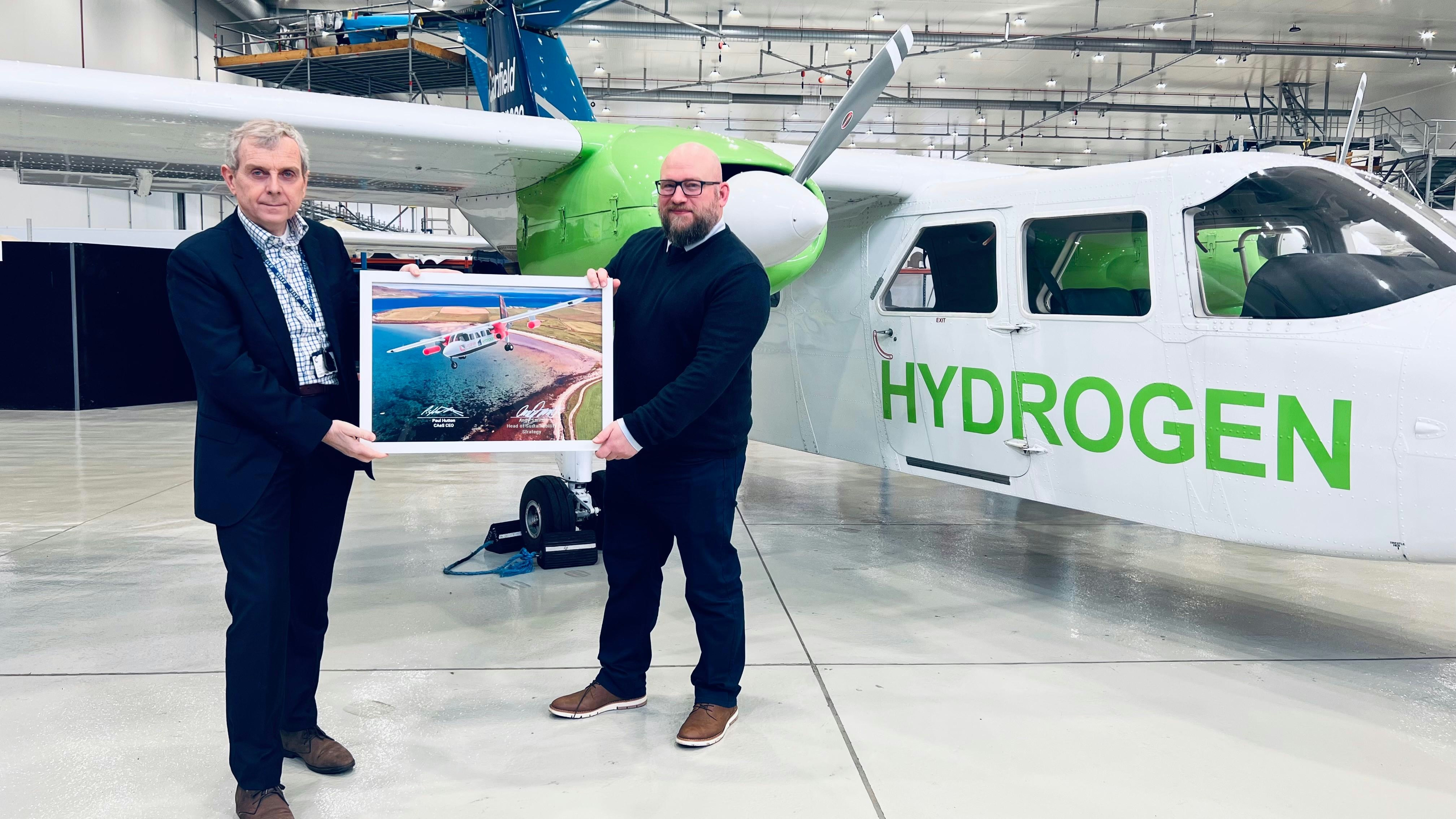
Loganair Unveils Fuel for Its First Zero-Emission Aircraft
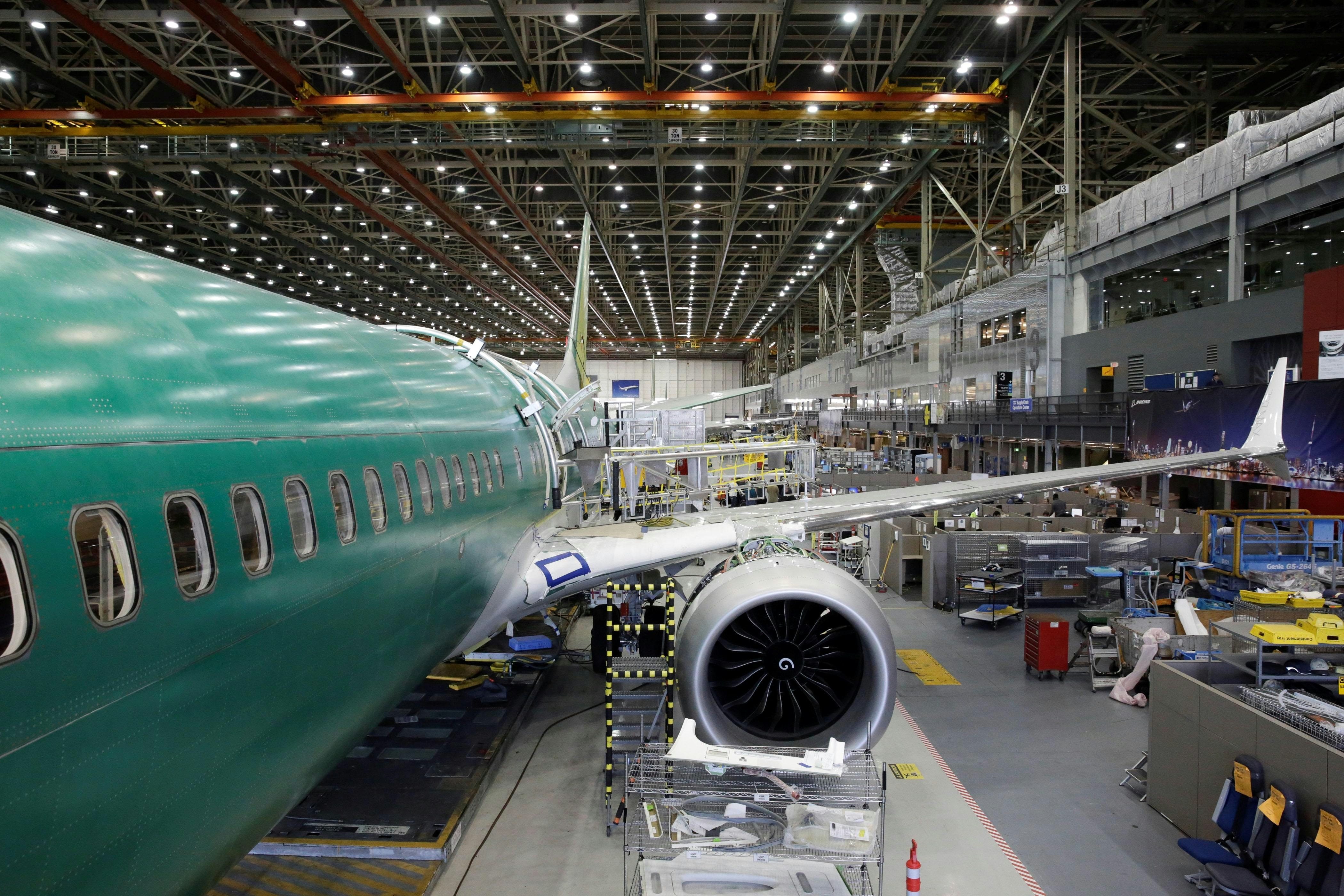
United Airlines Expands Global Network Amid Increased Boeing Deliveries
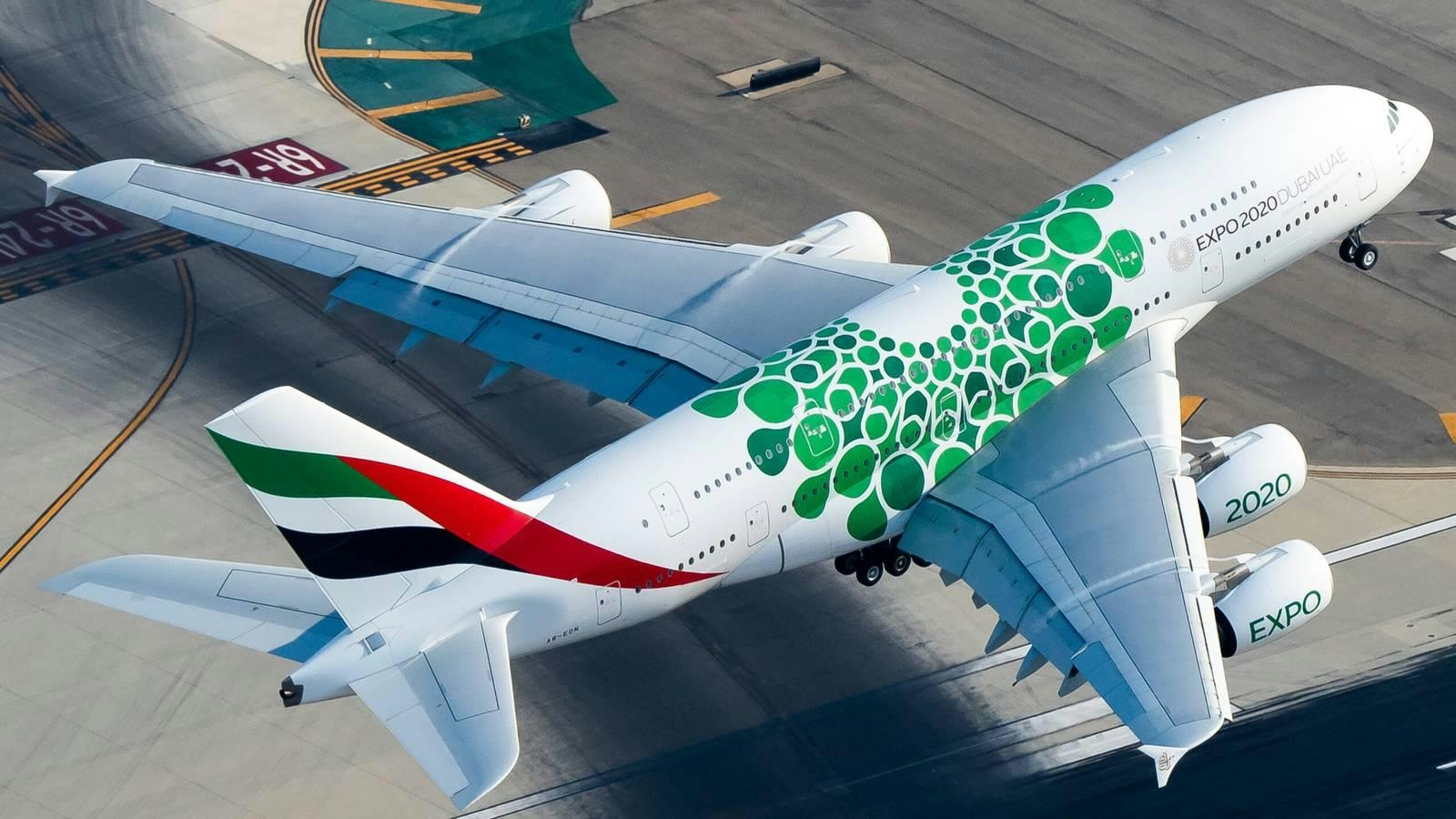
Emirates Adds Another Airbus A380 to Its Fleet
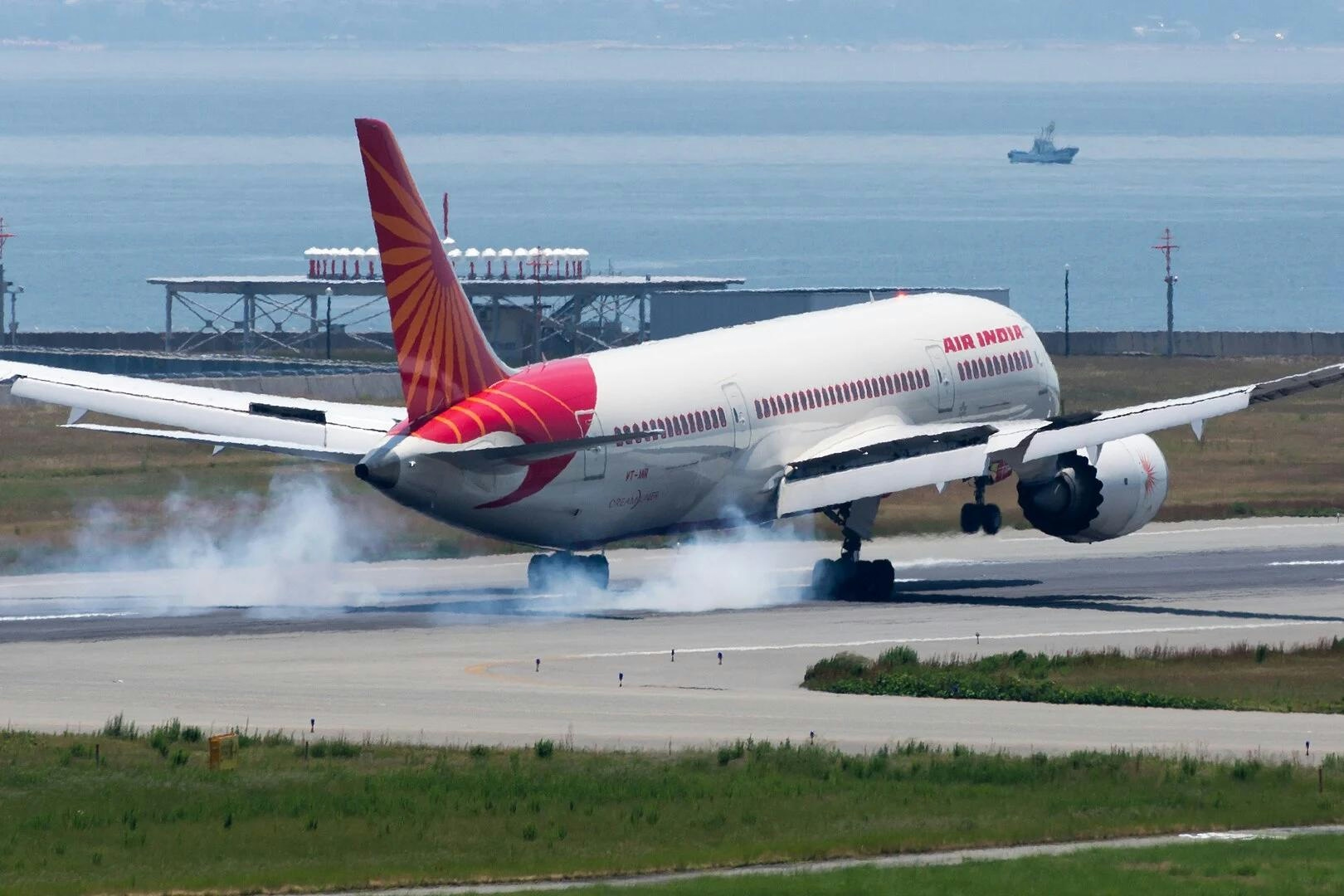
AI Flight from Milan to Delhi Canceled Friday Due to Dreamliner Technical Issue
